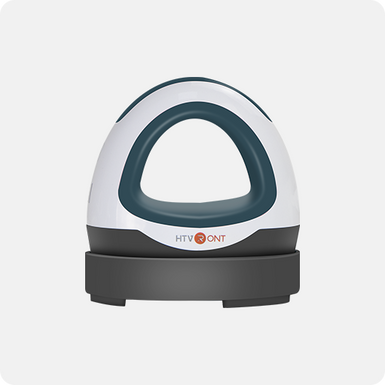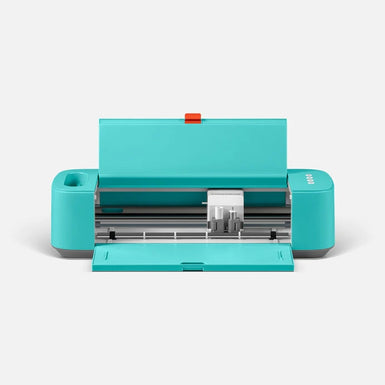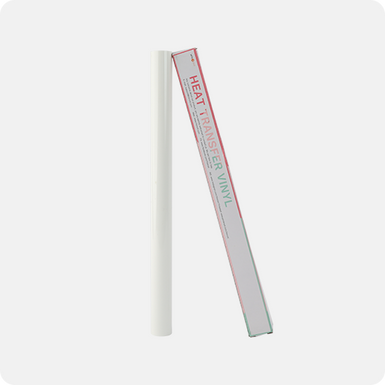What does Heat Transfer Vinyl Imply?
Let us begin. In essence, heat transfer vinyl (abbreviated as HTV) is also popularly known as special vinyl. It sticks to the fabric and other different materials through heat. A household iron is usually used for this. Heat transfer vinyl can create graphics and words on t-shirts, towels, pillow covers and much more. Iron on vinyl is another way of saying heat transfer vinyl. It only takes a few minutes and before you know it, you are done.
How to Get Started with Heat Transfer Vinyl?
You will need a cutter, computer, cuttable heat transfer vinyl and lastly, a heat press. A t-shirt on which you would like to emboss the design is also needed for that matter. The material is opaque so any plain colored t-shirt will do. You can purchase special cutter packages from vendors, they save you from purchasing individual components.

Usage of Heat Transfer Vinyl (HTV)
Heat transfer is conventionally used on textile products. Given the nature by which vinyl is applied, it is only applied on products, which can withstand the pressure and heat required to carry this transfer without a hitch. For clothing and fabrics, its temperature ranges between 120-150 degrees Celsius/250-300 degree Fahrenheit. The product is known as substrate should also be able to withstand the pressure applied by the heat press.
Ideas for Design
Interestingly, sky is the limit here. You have a range of options to choose from. Some of them are mentioned below:
1. Adobe Illustrator
2. Silhouette Studio Software
3. Downloadable SVG files
Prior to sending the design to a cutter, do check your work once. Make sure that the dimensions are correct for printing. Also, check that the spellings are correct and fonts are in a singular format. A mirror image of the artwork is necessary before the file is sent to the cutter. Mirror the image before cutting for this reason.
Applications of Heat Transfer Vinyl
Application is quite diverse; it depends on how you use it. You can decorate your clothing with vinyl and emboss designs that you think accentuates the beauty of your otherwise dull clothes. For instance, pants, socks, shorts, jerseys, tank tops, sweaters, t-shirts, hats, towels, aprons and uniform are just a few examples.
Tips to Remember
You need to remember a few tips before you get started. These tips are quite straightforward, but it is vital to remember them nevertheless:
1.Temperature: The amount of heat that you require in application differs. This is mainly due to composition of the HTV in question and the item you are pressing.
2.Pressing time: The time duration you need to press the item in question is crucial for ideal results. Do remember to refer to production instructions first that are given on heat transfer vinyl products.
3.Pressure: Pressure also varies (just like temperature) when you apply HTV. It depends on garments and vinyl type that you use.
4.Double-check Be sure to double-check the settings of the press every now and then. Temperature differs for different products.












![[Starter Kit] Auto Heat Press Machine 15" x 15" 110V + Starter Kit Bundle](http://www.htvront.com/cdn/shop/files/21_cb9c4334-9a40-499d-a46b-d0ed56004aea_385x.jpg?v=1713863818)
![[Premium Bundle] Auto Heat Press Machine 15" x 15" 110V + 20 rolls HTV Bundle 12“x3ft + Mini 2 Heat Press Machine + Random Sublimation & HTV Bundle ≥ $180](http://www.htvront.com/cdn/shop/files/1UK_4_22c12b1b-12dd-4105-ac25-93e2faae6a8c_385x.jpg?v=1713863580)















